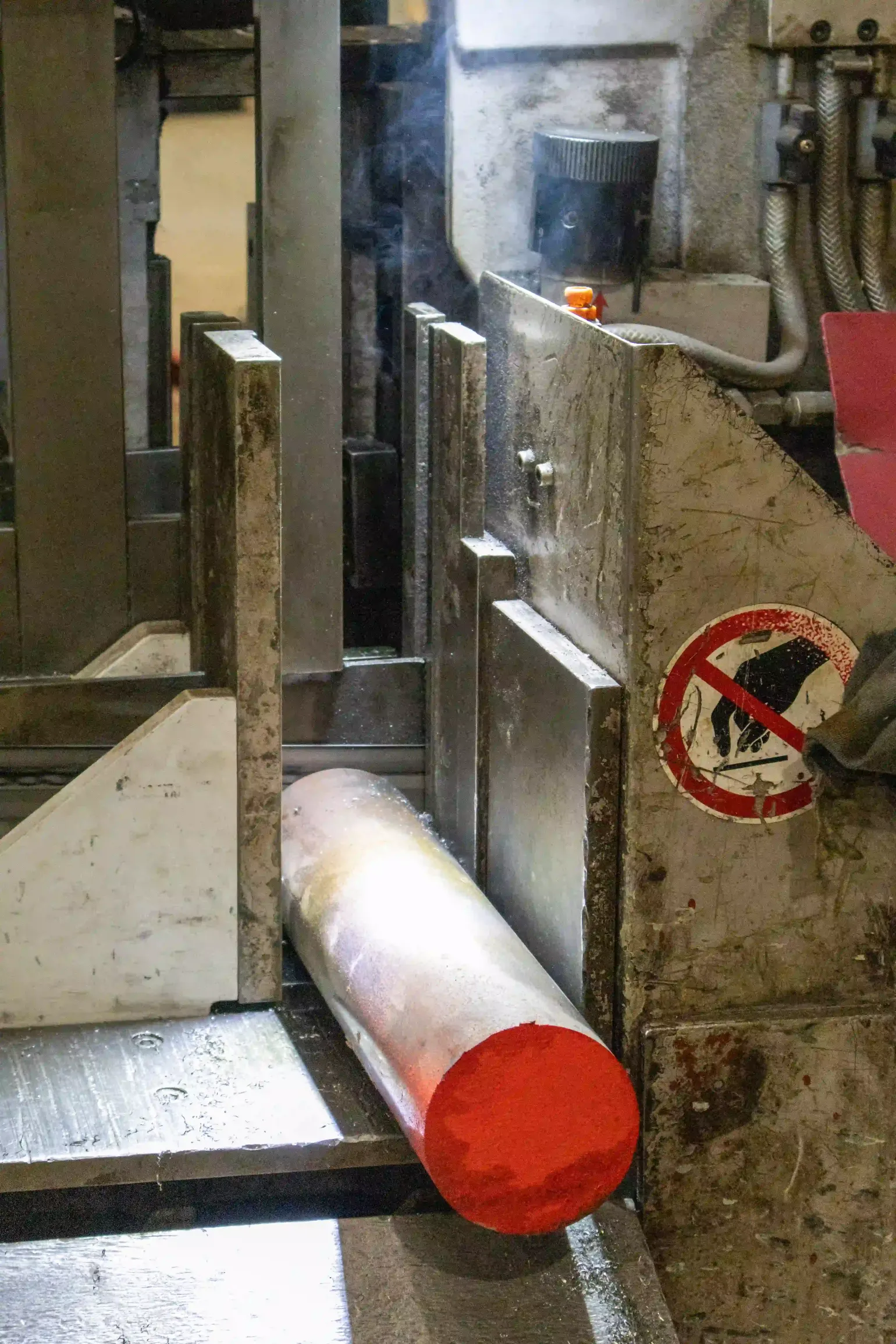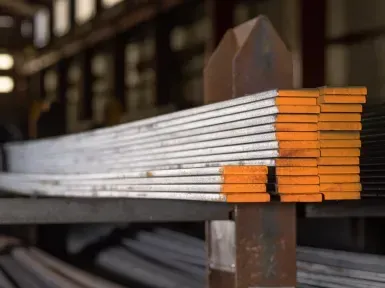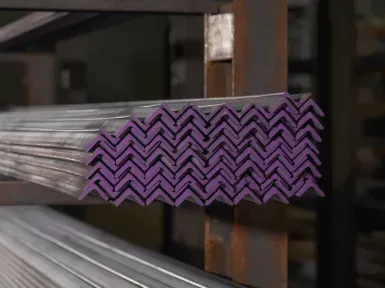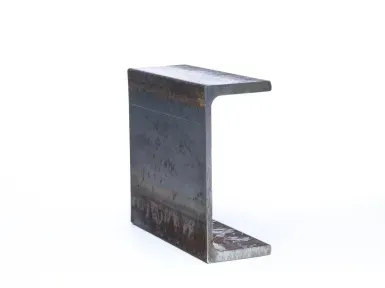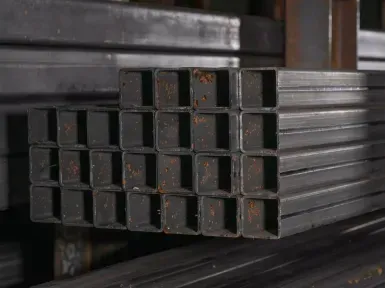Cold rolled steel
The production process of cold rolled steel is different to that of hot rolled steel, which results in different and incredibly versatile properties. As the product undergoes more extensive shaping before it is cooled, it produces more exact dimensions and closer tolerances. Cold rolled steel is available in high-strength grades which tolerate high loads, making this a good choice for structural sections in the automotive, construction, and industrial applications, as well as smaller applications such as consumer goods and furniture.
Re-rolled steel products are made from steel that was rolled into one shape and then re-rolled into a new shape. Bright steel is made by cold rolling or drawing steel that has been hot rolled to remove the mill scale, creating a smooth, shiny, corrosion-resistant finish.
Pros: Up to 20% stronger than hot rolled steel, better surface finish.
Cons: More expensive than hot rolled steel, can’t be shaved down which means precise measurements are essential, difficulty manipulating this metal can lead to longer lead time.
Stainless steel
One of the most sought-after construction materials, stainless steel offers superior strength as well as superb resistance to extreme temperatures and corrosion compared to other options such as bright steel. In addition to these functional physical properties, stainless steel is easy to work with, and it offers a beautiful finish. Composed of a mixture of chromium and nickel, this metal is often used in the automotive, chemical, and food and beverage industries.
Pros: Recyclable, extremely durable, aesthetically pleasing, won’t rust unless exposed to acid from nickel or chrome.
Cons: Heavy, not easy to weld, not easy to manipulate.
Aluminium
Aluminium is a low-cost metal stock that offers good durability, ductility, malleability, and corrosion resistance. Whether used on its own or incorporated into alloys for greater versatility and strength, aluminium has a variety of applications in the automotive, construction, electronic, food and beverage, and pharmaceutical industries. This metal often is used to make anything from aircraft components and cooking utensils to medical instruments.
Pros: Easy to machine, readily available, practical, and lightweight, rust resistant.
Cons: More expensive than steel, welding requires skill.
Brass
A zinc-copper alloy, brass has good resistance to corrosion from chemicals and water, and, like copper, it offers an attractive finish. The characteristics of brass vary according to the ratio of zinc and copper used to form it. Brass 70/30 and 85/15 are drawable and solderable, making them a good choice for solders and plates. You can use brass made with different ratios for various applications, depending on the required features. Brass is commonly used for bearings, electronics, fasteners, and valves in many different industries.
Pros: Antibacterial properties, easy to machine, rust resistant.
Cons: Not very malleable, tarnishes easily.

